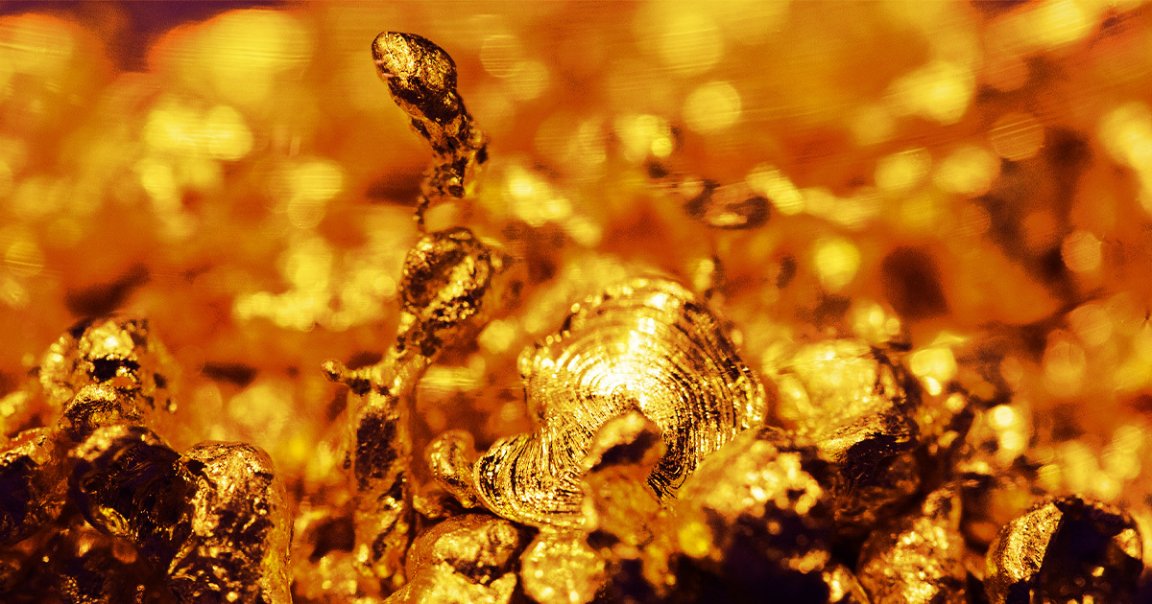
Spark of Gold
Electric currents in the Earth may be responsible for the formation of gold nuggets, new research suggests.
As detailed in a new study published in the journal Nature Geoscience, the theory could explain why large chunks of gold — sometimes weighing more than a hundred pounds — appear in quartz veins when there’s seemingly little traces of the metal in the surrounding earth.
“The standard explanation is that gold precipitates from hot, water-rich fluids as they flow through cracks in the earth’s crust. As these fluids cool or undergo chemical changes, gold separates out and becomes trapped in quartz veins,” study lead author Chris Voisey, a geologist at Monash University in Australia, told Forbes. “While this theory is widely accepted, it doesn’t fully explain the formation of large gold nuggets, especially considering that the concentration of gold in these fluids is extremely low.”
Main Squeeze
The answer lies in the unremarkable but ubiquitous mineral that gold nuggets are found in: quartz.
Quartz crystals are piezoelectric, which means they can generate an electric charge when put under mechanical stress, like getting squeezed. Being underground, they’re potentially subjected to these forces from every direction.
The most formidable stress inducers, though, would be earthquakes, of which hundreds occur each day.
The researchers hypothesized that the regular application of such tectonic forces could generate electricity in quartz veins strong enough to pull gold out of the fluids in the earth’s crust. Over time, this accumulates to form full-blown nuggets.
“Quartz is the only abundant piezoelectric mineral on Earth, and the cyclical nature of earthquake activity that drives orogenic gold deposit formation means that quartz crystals in veins will experience thousands of episodes of deviatoric stress,” the researchers wrote in the study.
Pay Dirt
To test the theory, the researchers placed quartz crystals in a water solution containing dissolved gold, which they subjected to earthquake-like stresses. As they predicted, the quartz generated enough voltage that gold nanoparticles accumulated on top of the crystals.
“In essence, the quartz acts like a natural battery, with gold as the electrode, slowly accumulating more gold with each seismic event,” Voisey told Forbes. “Our discovery provides a plausible explanation for the formation of large gold nuggets in quartz veins.”
Other scientists in the field have been intrigued by these findings.
“The piezoelectric theory is interesting because it would help to further concentrate any nanoparticles, but also explain why early quartz veins in fault zones are typically barren: you need the quartz veins to be there before you can induce the piezoelectrical effect,” Taija Torvela, a geologist at the Univeristy of Leeds, UK, who wasn’t involved in the study, told The Guardian.
Taija suggests that understanding this effect could be used to target gold deposits — though to be practical, “we would need to know if there are any markers, detectable on Earth’s surface, that this process would leave behind.”
More on current events: Scientists Say They’ve Detected a Strange Source of Electricity at the Bottom of the Ocean